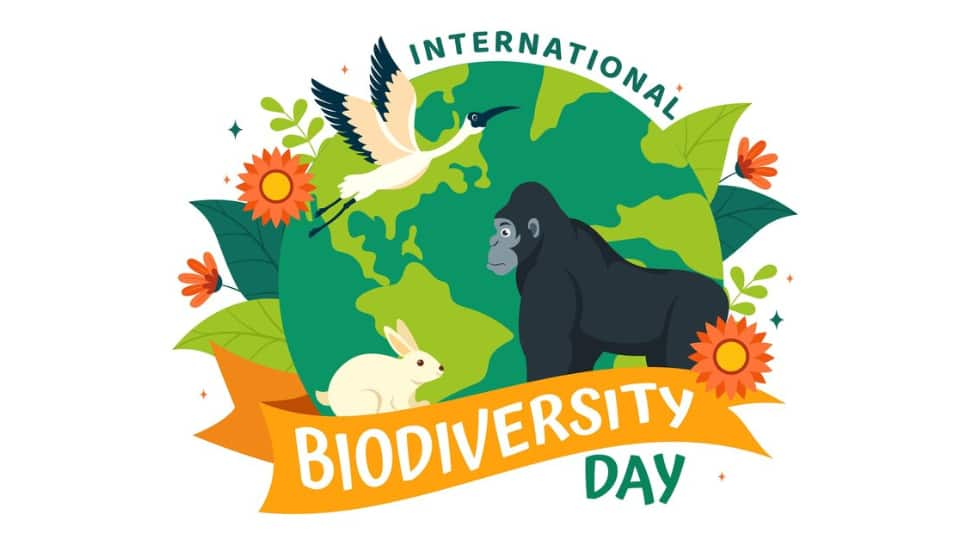International Day For Biodiversity 2024: Date, Theme, History, Significance And More | Culture News

The International Day for Biological Diversity is an opportunity to raise awareness about the critical threats facing biodiversity, it was sanctioned by the United Nations to raise awareness. Biodiversity is essential for human life and for the planet altogether as it provides us with food, shelter, and other essential resources.
Biodiversity means the variety of life on Earth and the natural patterns it forms and a further loss of it is going to have devastating consequences for ecosystems and human health.
International Day for Biodiversity 2024: Date
International Day For Biological Diversity is celebrated on 22 May annually.
International Biological Diversity 2024: Theme
The theme for this year’s International Day for Biological Day Diversity is “Be part of the plan”.
International Biological Diversity: History
The International Day for Biological Diversity (IDB) was established by the United Nations General Assembly in 1993. Celebrated annually on 22 May, the IDB aims to raise awareness about biodiversity issues. Biodiversity is crucial for human well-being, providing essential resources such as food, shelter, and cultural heritage. Besides, it plays a vital role in regulating climate and purifying water.
International Day for Biodiversity: Significance
The International Day for Biological Diversity (IDB) serves as a crucial reminder to prioritize biodiversity protection. Through investments in conservation and restoration efforts, we can aid ecosystem recovery and encourage the emergence of new species. Aligned with the UN Post-2015 Development Agenda’s Sustainable Development Goals, the IDB addresses a wide spectrum of global challenges. Biodiversity profoundly impacts various aspects, including oceans, forests, food security, health, technology, knowledge-sharing, and environmental resilience.
International Day for Biodiversity: Everyday Acitivities to Support Biodiversity
Here are some practical ways to preserve biodiversity in your daily life:
1. Support local farms: Regularly buy from small local farmers to keep dollars in the local economy and support agricultural efforts that conserve biodiversity.
2. Save the bees: Be conscious of bee-friendly practices, such as planting native flowers and avoiding harmful pesticides.
3. Plant local flowers, fruits, and vegetables: Cultivate native plant species to promote biodiversity and provide habitat for local wildlife.
4. Take shorter showers: Conserving water reduces the strain on ecosystems and helps maintain natural habitats.
5. Respect local habitats: Avoid disturbing natural areas, especially during breeding seasons, to protect wildlife and their homes.
6. Know the source: Make informed choices by understanding where products come from and their impact on biodiversity.

Atul Tiwari is a seasoned journalist at Mumbai Times, specializing in city news, culture, and human-interest stories. With a knack for uncovering compelling narratives, Atul brings Mumbai’s vibrant spirit to life through his writing.





